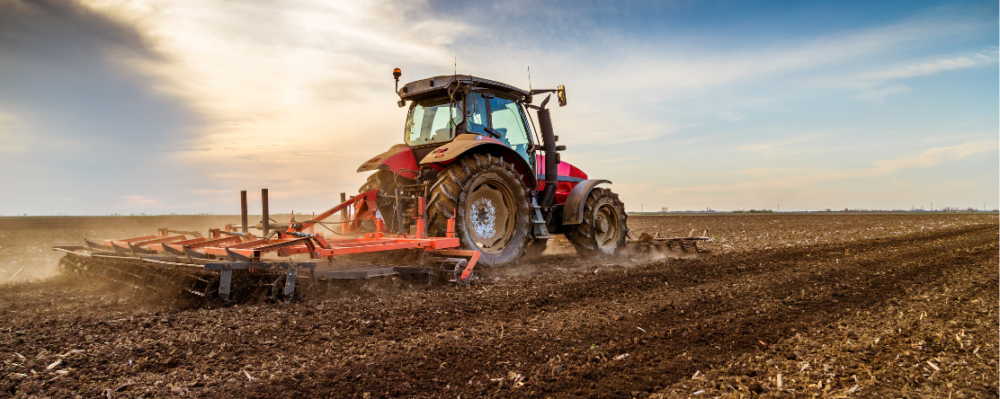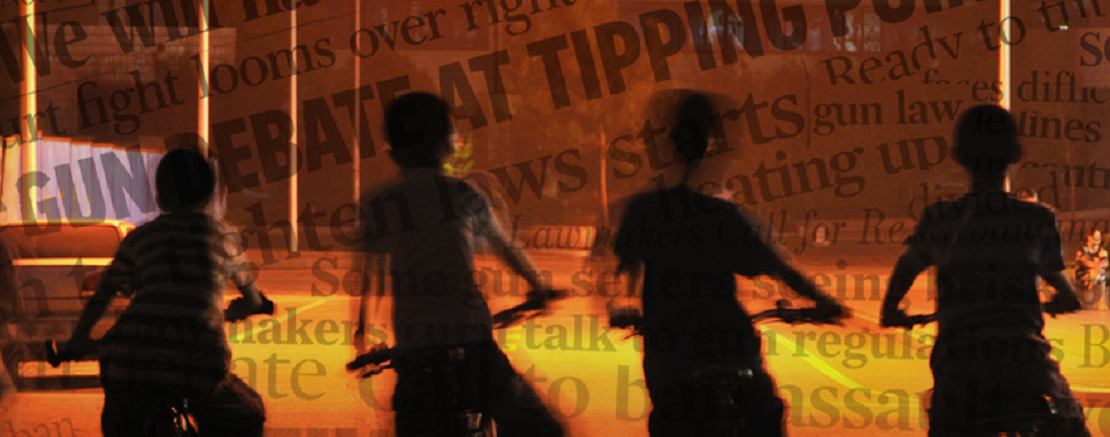
Understanding Violence and Prevention During a Pandemic: California News About Guns, Gun Violence, and Firearm Suicide, 2020-2021
- Lori Dorfman, DrPH, MPH
- Kim Garcia, Sarah Perez-Sanz, Pamela Mejia
-
Issues
Violence Prevention -
Expertise
Media Advocacy & Communications, Research – Quantitative -
Programs
Berkeley Media Studies Group -
Strategic Initiatives
COVID-19

A key component of stopping gun violence and firearm suicide in America is understanding the complete picture of these public health crises. Do journalists cover these issues thoroughly and effectively? How has coverage changed in recent years since nationwide protests against police brutality and structural racism have put some types of gun violence under more intense scrutiny?
Research from PHI’s Berkeley Media Studies Group, part of a larger project with their partners at the Hope and Heal Fund, sheds light on the coverage and how advocates can continue to shift the narrative on violence.
Read the reportUnderstanding Violence and Prevention During a Pandemic: California News About Guns, Gun Violence, and Firearm Suicide, 2020-2021 found significant gaps in the coverage, such as limited news about firearm suicide and domestic violence involving guns, and the persistent use of language and images in the news that could reinforce harmful stereotypes about communities of color, particularly young Black and Brown men. The research also surfaced gaps in news coverage of police-involved acts of gun violence, though that issue was not a major focus of the report.
Report findings
- Coverage of firearm suicide and all forms of gun violence in California news has increased since our previous analysis.
- Sensational or high-profile events continue to spur peaks in coverage of gun violence, followed by declines. These patterns could mask trends in day-to-day gun violence and firearm suicide.
- Stories about police violence dominated English-language news and peaked amid national protests in the summer of 2020 following the murder of George Floyd. However, coverage quickly returned to baseline levels in the following months.
- There was significantly less Spanish- than English-language news about gun violence, police violence, and gun sales, almost all of which came from one outlet. Our findings align with research documenting declining circulation in Spanish-language print media in the U.S., as well as Latinx communities’ growing use of social media and messaging apps for news.
- Despite record numbers of first-time firearm purchases, coverage of gun sales did not markedly increase since our previous analysis, possibly because both analysis periods included presidential elections, when gun sales—and potentially related news coverage—tend to spike.
Recommendations for advocates
- Monitor the media. Be aware of when gun violence is—and isn’t—in the news, how it is framed, who is quoted, and whether and how solutions and community action appear in the coverage. Tools like Google Alerts, newsletters, or email alerts from local outlets can help you stay abreast of news about gun violence, gun sales, firearm suicide, and related issues in your community and beyond. Remember to monitor English- and Spanish-language media if Spanish-language outlets are important for your work and your community. In addition to print news, consider monitoring social media outlets, radio, and television.
- Be prepared to piggyback off breaking news. Journalists continually report on issues related to guns. As a result, there are many opportunities to pitch stories or contribute opinion pieces that “piggyback” off of attention to guns. Piggybacking is a way for advocates to add more context about the causes of gun violence in their own communities, highlight ways to prevent violence before it starts, and expand the frame to elevate equitable, community-led solutions.
- Build relationships with reporters. Advocates can become trusted sources for reporters when they build long-term relationships. When journalists are aware of you, your work, and your networks, it will be easier to pitch them opinion pieces or news stories that broaden the frame around gun violence. They will also be more likely to turn to you as a source when they need to report on stories about gun violence and firearm suicide. Remember to connect with Spanish-language reporters if their outlets are important for your work. Think about social media, radio, and TV outlets, especially if print outlets are limited.
Originally published by Berkeley Media Studies Group
Work With Us
You change the world. We do the rest. Explore fiscal sponsorship at PHI.
Support Us
Together, we can accelerate our response to public health’s most critical issues.
Find Employment
Begin your career at the Public Health Institute.


